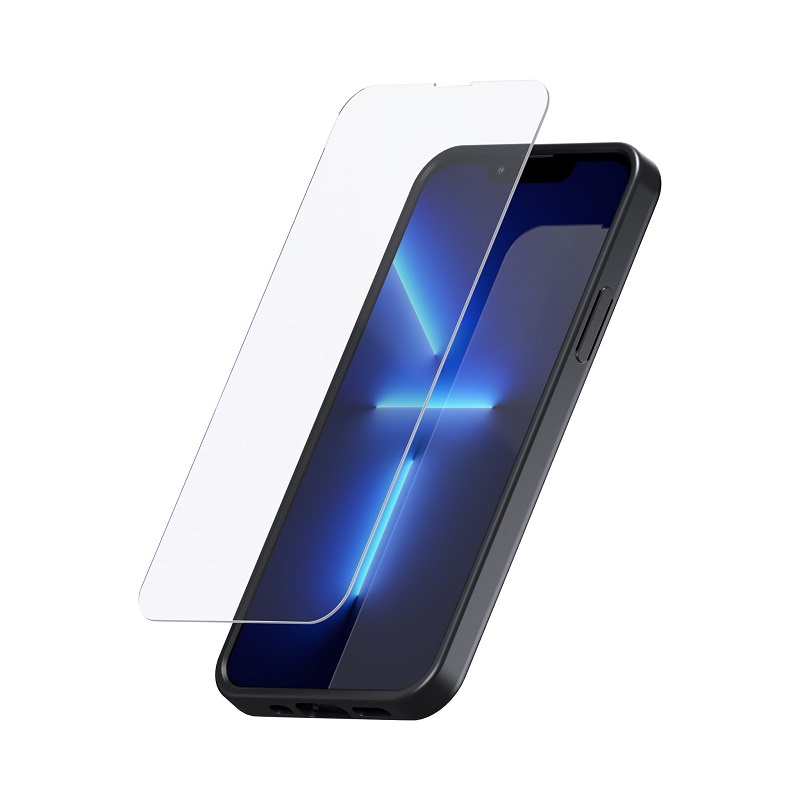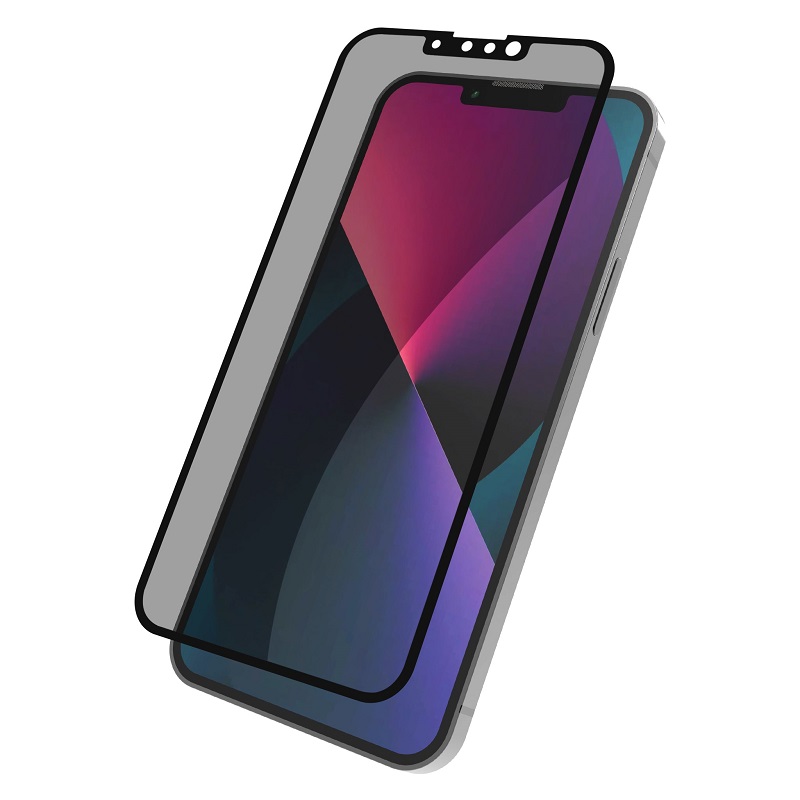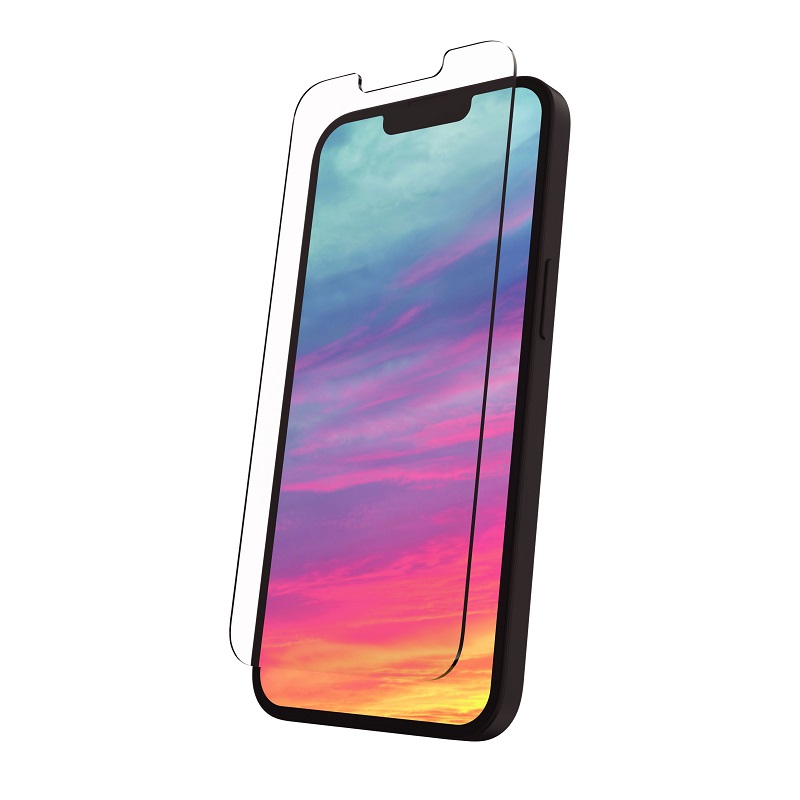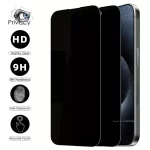When it comes to safeguarding your device’s screen, the debate between liquid screen protectors and tempered glass is a common one. Each type offers distinct advantages and drawbacks, making it crucial to understand their differences before making a decision. This article delves into the key aspects of both options to help you determine which is ultimately better for your device.
Understanding Liquid Screen Protectors
What Are Liquid Screen Protectors?
Liquid screen protectors are a modern solution designed to provide a protective layer on your device’s screen. Unlike traditional screen protectors that are pre-cut and adhere to your screen through a sticky surface, liquid screen protectors are applied in liquid form. The liquid contains nanoparticles that bond to the surface of the screen, forming a protective layer once it dries. This type of protector is often advertised as providing an invisible shield that is highly resistant to scratches and minor impacts.
Benefits of Liquid Screen Protectors
One of the main advantages of liquid screen protectors is their flexibility. They can be applied to screens of any shape or size without the need for precise cutting. This makes them a versatile option for various devices, including those with curved or irregular screens. Additionally, liquid screen protectors tend to be less noticeable than tempered glass, maintaining the original look and feel of your device. They also don’t add bulk or weight to the device, preserving its sleek design.

Drawbacks of Liquid Screen Protectors
However, liquid screen protectors are not without their drawbacks. One significant downside is their relatively lower level of protection compared to tempered glass. While they can guard against scratches and minor impacts, they may not offer sufficient protection against more severe drops or impacts. Furthermore, the application process can be tricky; improper application can lead to uneven coverage or bubbles. Users also need to wait for the liquid to dry, which requires careful handling during the curing period.
Exploring Tempered Glass Protectors
What Is Tempered Glass?
Tempered glass protectors are a type of screen protector made from glass that has been treated through a heating and cooling process to increase its strength. These protectors are usually pre-cut to fit specific device models and adhere to the screen using an adhesive layer. Tempered glass protectors are designed to absorb and disperse impact forces, thereby offering enhanced protection for your device’s screen.
Advantages of Tempered Glass Protectors
One of the most notable benefits of tempered glass protectors is their superior protection against impacts and drops. The strength of tempered glass allows it to withstand significant force, potentially saving your device’s screen from cracks and shattering. Additionally, tempered glass protectors often come with an oleophobic coating that repels fingerprints and smudges, keeping your screen clean and clear. They are also generally easier to apply than liquid screen protectors, as they usually come with an installation kit and provide a bubble-free application.
Disadvantages of Tempered Glass Protectors
Despite their many advantages, tempered glass protectors have some drawbacks. They can be more noticeable than liquid protectors, sometimes affecting the aesthetics of your device. They also add a layer of thickness to your screen, which might slightly alter the touch sensitivity and feel of the screen. Additionally, if the tempered glass protector is cracked or damaged, it needs to be replaced entirely, which can be more costly compared to the minor reapplication or touch-up of liquid protectors.
Durability and Protection
Comparing Durability
When comparing the durability of liquid screen protectors and tempered glass, tempered glass generally comes out on top. The enhanced strength of tempered glass allows it to better absorb impacts and resist scratches. Liquid screen protectors offer a more modest level of durability, primarily protecting against minor scratches and wear but not providing the same level of impact resistance.
Long-Term Performance
In terms of long-term performance, tempered glass protectors typically maintain their protective qualities over time, offering consistent protection as long as they are not damaged. Liquid screen protector, on the other hand, may require reapplication or touch-ups to maintain their effectiveness, especially if the screen is subjected to rough handling.
Application and Installation
Ease of Application
Tempered glass protectors are generally easier to install compared to liquid screen protector. They come with a straightforward application process that involves aligning the protector with your screen and pressing it into place. Most tempered glass protectors come with an installation kit that includes cleaning wipes and dust removal stickers to ensure a smooth application.
Challenges with Liquid Protectors
Liquid screen protector require a more involved application process. The liquid must evenly apply to the screen and allow to dry, which can be challenging to achieve without creating bubbles or uneven spots. Additionally, the device needs to handle carefully during the drying period to avoid any disturbance to the liquid layer.

Impact on Device Aesthetics
Visual Impact of Tempered Glass
Tempered glass protectors are often visible once applied, which may slightly alter the appearance of your device’s screen. The thickness of the glass can create a noticeable layer on top of the screen, which might be a concern for users who prefer a minimalist look. However, many tempered glass protectors design to be as thin and clear as possible to minimize visual impact.
Aesthetics of Liquid Screen Protectors
Liquid screen protector are virtually invisible once applied, making them a popular choice for users who want to maintain the original look and feel of their device. They don’t add any extra bulk or thickness to the screen, preserving the sleek design of the device. This can be particularly appealing for devices with curved or edge-to-edge screens.
Cost Considerations
Cost of Tempered Glass Protectors
Tempered glass protectors typically price higher than liquid screen protectors due to the material and manufacturing processes involved. The cost can vary depending on the brand, quality, and additional features such as blue light filtering or anti-glare coatings. Despite the higher initial cost, tempered glass protectors often provide better long-term value due to their durability and superior protection.
Cost of Liquid Screen Protectors
Liquid screen protectors are usually more affordable, making them an attractive option for budget-conscious consumers. They are often sold at a lower price point compared to tempered glass protectors, and some brands offer multi-device packs that can further reduce the cost per unit. However, users should consider potential additional costs for reapplication or touch-ups over time.
Choosing the Right Protector for Your Needs
Assessing Your Protection Needs
When deciding between a liquid screen protector and a tempered glass protector, consider your specific protection needs. If you prioritize maximum impact resistance and durability, tempered glass may be the better choice. On the other hand, if you prefer a more discreet option that doesn’t alter the appearance of your device, a liquid screen protector might be more suitable.
Evaluating Budget and Preferences
Your budget and personal preferences also play a significant role in the decision-making process. Tempered glass protectors offer a higher level of protection but come at a higher cost, while liquid screen protectors provide a more budget-friendly option with a focus on minimalism. Weighing these factors against your device’s usage patterns and risk of damage can help you make an informed choice.

Conclusion
In the end, both liquid screen protector and tempered glass protectors have their unique advantages and limitations. Tempered glass offers superior protection and ease of application but may impact the aesthetics of your device. Liquid screen protectors provide a nearly invisible layer of protection and are more affordable but might require more maintenance and may not offer the same level of impact resistance. Evaluating your specific needs and preferences will help you determine which protector is ultimately better for your device.


